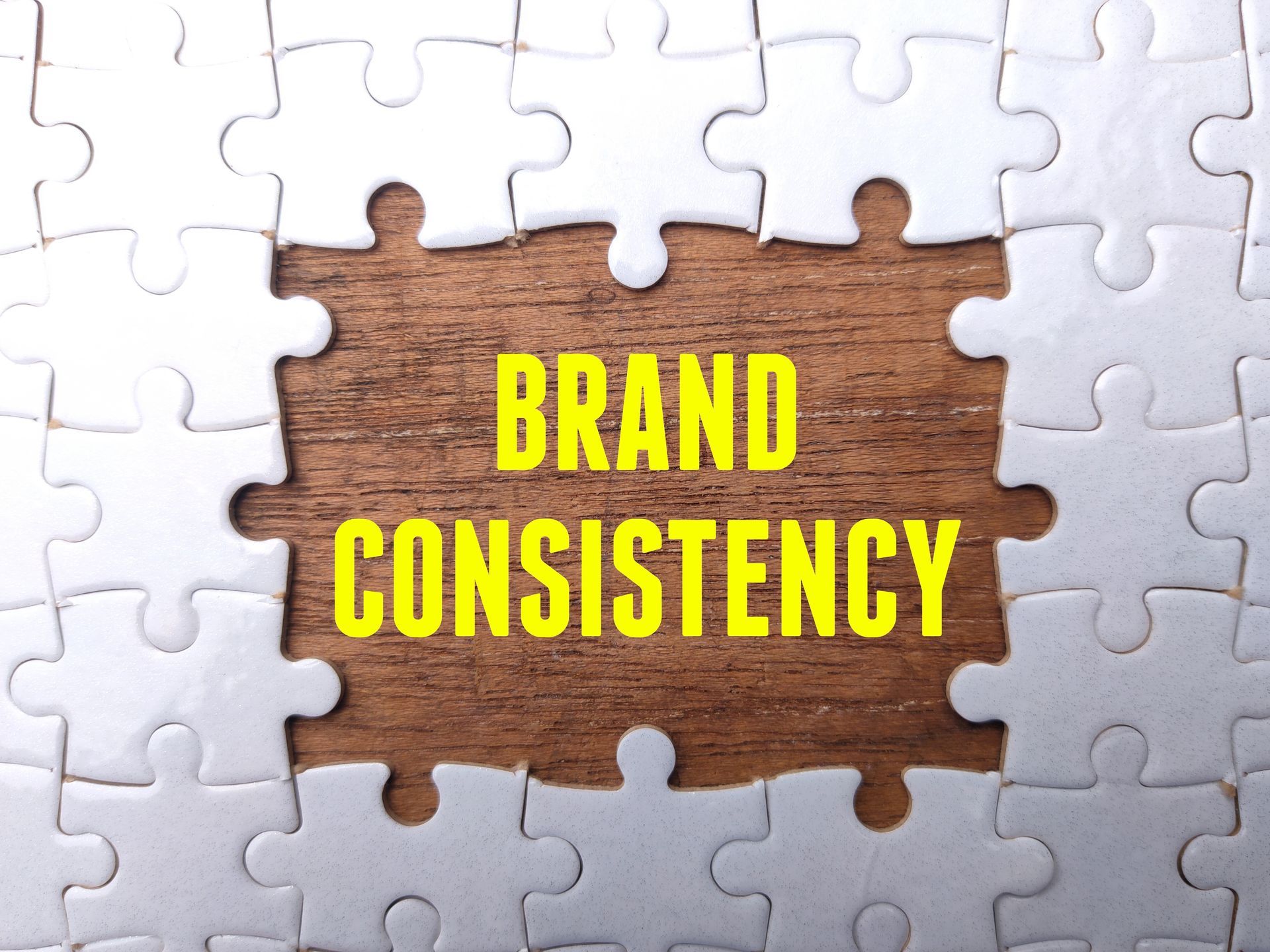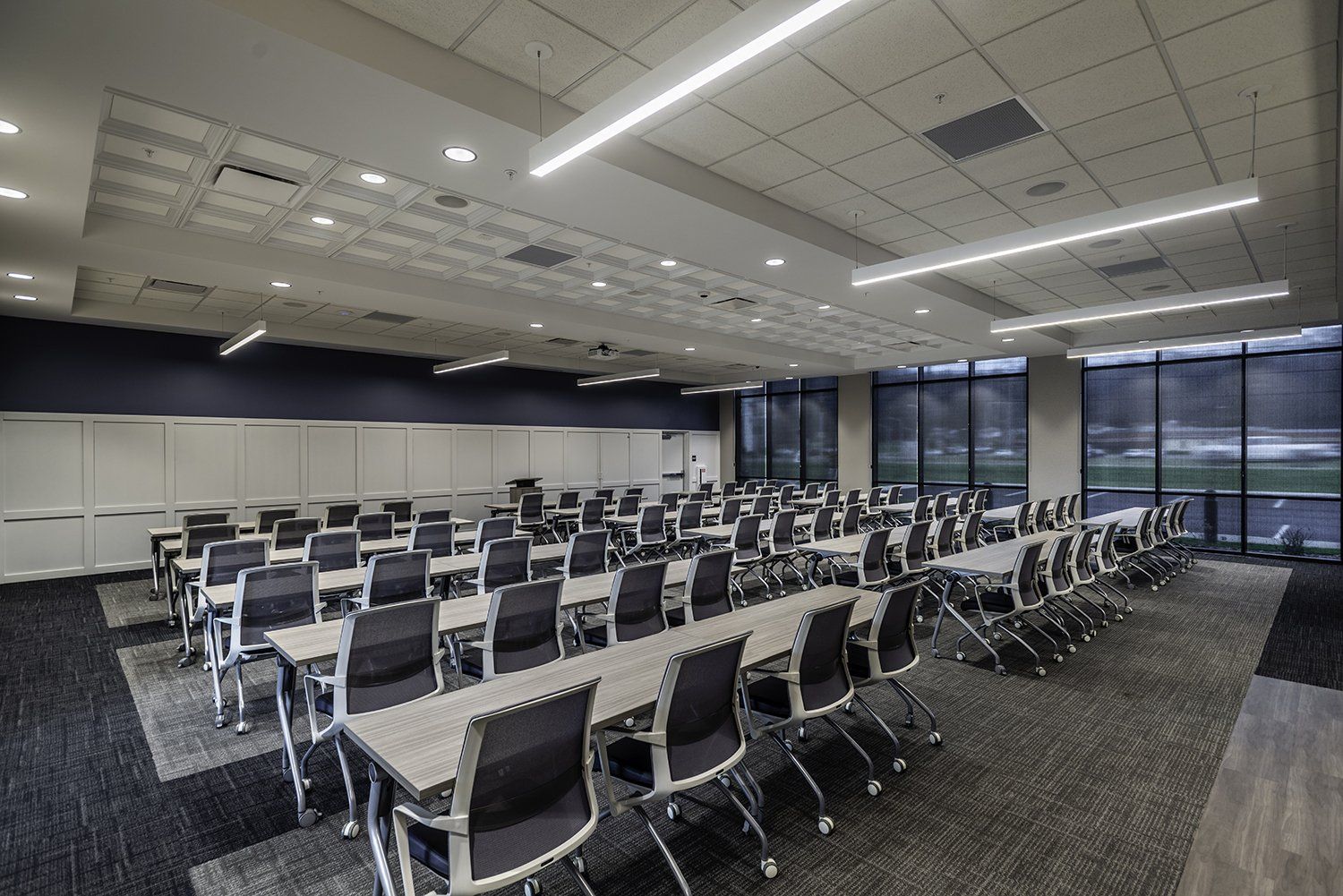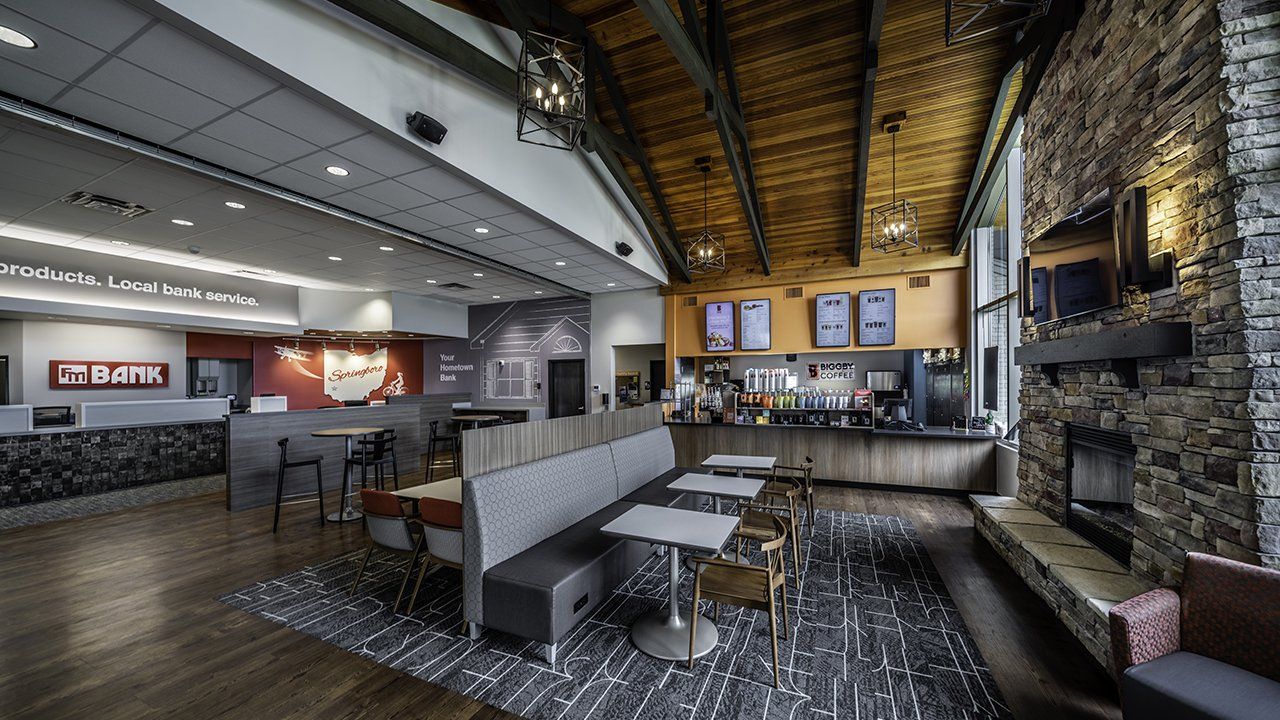Menu
Follow us on:

K4 TAKES FLIGHT – PT 1. SETTING THE FOUNDATION
Unmanned Aerial Systems or more commonly known as drones are just about everywhere. From micro quadcopters to 8 rotor monsters designed for heavy lifting, drones are making waves in industries across the board. But what does it take to get a drone program off the ground and successfully integrated into your companies work flow? What are the benefits to production, clients, and project? Where do you even start? Join us as we answer these questions and more in this multipart blog post.
Pilot Certificate Process & Requirements
To legally fly companies must have a Licensed Remote Pilot conducting operations. This person must pass an initial aeronautical knowledge exam at an FAA approved testing center. There is a $150 fee for the examination and a study guide can be obtained from the FAA’s website.
At the end of the study guide additional study references are listed, and potential pilots should be knowledgeable about the information in each of the references. A significant portion of the test includes reading aeronautical charts where the FAA Aeronautical Chart User’s guide comes in handy. Passing the test gives you a certificate valid for 2 years, after which you are required to take a recurrent knowledge test. Ones the pilot has passed the test he or she is required to apply to the FAA for a remote pilot certification and pass a TSA background check.
Operating Requirements
The flowing list of operating requirements should be learned by everyone in the company who wishes to incorporate UAV operations into their project so everything runs smoothly. The remote pilot in command should be consulted to verify that there are no additional requirements to get a drone in the sky, such as filing for a waiver or obtaining permission to operate in ATC controlled airspace.
- Determine Airspace of project locations & obtain necessary permission
- Operations in Class B, C, D and E airspace are allowed with the required Air Traffic Controller (ATC) permission
- Operations in Class G airspace are allowed without ATC permission
- Must weigh less than 55 lbs.
- Must undergo pre-flight check by remote pilot in command
- Pilot and spotter are recommended
- Must fly under 400 feet above ground level (AGL) or, if flying at an altitude higher than 400 feet AGL, stay within 400 feet of a structure
- Must keep the UAS in sight (i.e. visual line of sight), either by the remote pilot in command or a visual observer
- Must register UAV with FAA ($5) and display registration number on the vehicle
- Must fly during daylight hours or civil twilight hours (30 minutes before official sunrise to 30 minutes after official sunset, local time) with appropriate anti-collision lighting
- Must fly at or below 100 mph
- Must yield right of way to manned aircraft
- Must not fly over people
- Must not fly from a moving vehicle unless you are in a sparsely populated area
- If operation outside of rules, a certificate of waiver is required to be filed.
Insurance Requirements
Insurance requirements will vary from company to company and it is recommended to discuss with your insurance provider prior to operating your drone. As the law currently stand there are no current insurance requirements.
Selecting a Drone
That was a lot but now we are to the fun stuff; Researching and purchasing a UAV! Before selecting a drone you should have a rough idea of what you want your capabilities to be as well as any additional features that are important for you to have. The whole gamut of drones have a variety of options and configurations. Aircrafts with 4 blades are common, but for additional safety and lifting power models with 6, 8 or more blades exist. Luckily there are budget options for just about everyone out there so lets start determining a budget and research are key for this step, full setup can run anywhere from $1,500 to well into the tens of thousands of dollars. In addition to drone it is advisable to have a few spare batteries and a hard case to protect your investment.

What does our setup look like? We went with a Phantom 4 Pro, 3 batteries, a case club hard case, and a slew of additional items. In all we are capable of an hour and a half of flight time, with storage to capture full 4k video the entire time.
Software
Design firms operating in the Autodesk environment with the AEC collection have access to all the software required to process images captured from UAV operations and images from the ground into a 3 model to be used with design software such as Revit or Autocad. Recap pro, Remake pro, and a just announced Recap Photo all offer the ability to process via the cloud for Autodesk credits. This process can take up to 48 hours but projects can are often completed in less than a day.
Additionally products from companies such as 3DR with their Sire Scan software offer further automation and control processing options with products from DJI as well as their proprietary Site Scan Drone.
Join us again for our next installment as we take to the sky, explore some advanced functions of the DJI Phantom 4, and apply drone captured data to real world design problems.











